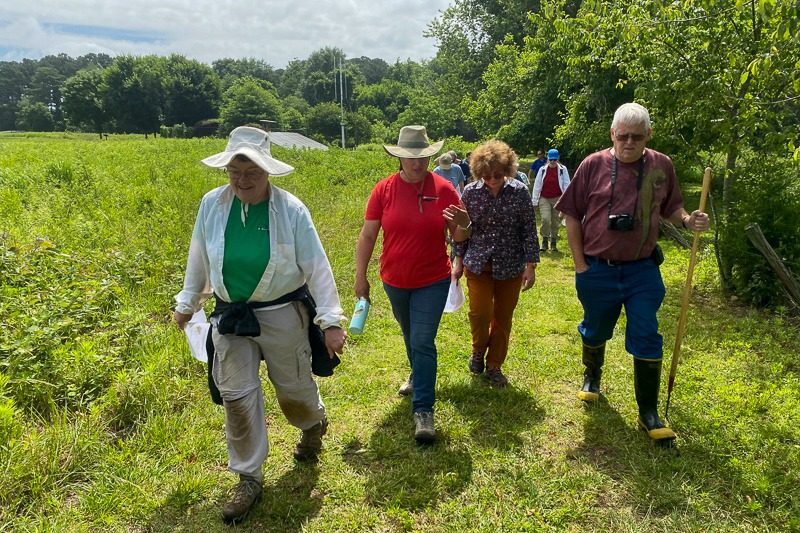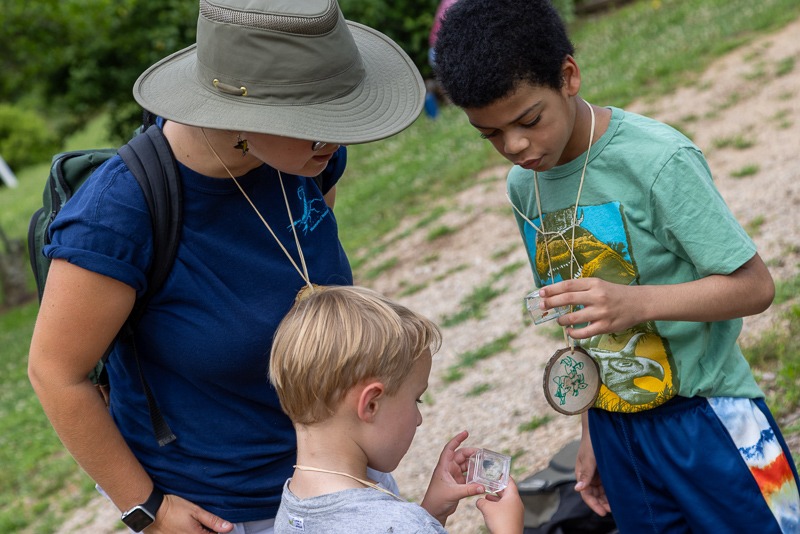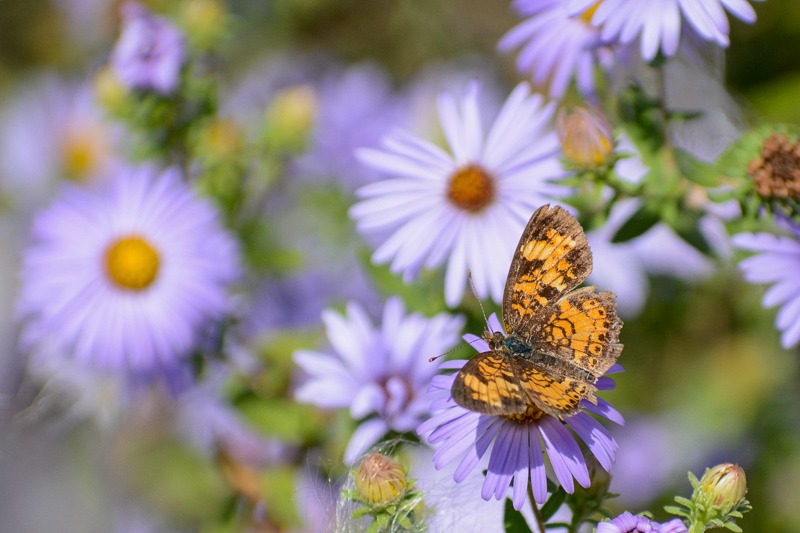
Walk the Trails
View the trail map at the entrance kiosk, or download a copy of the printable map. (PDF) Enjoy one of our self-guided educational experiences.
Learn With Staff
We offer a wide range of outdoor programs for all ages. Visit our Events Calendar for a complete list of upcoming programs at Prairie Ridge.
Prairie Ridge is a great place to bring your classes for an outdoor field trip. Explore our field trip options. Interested in a tour or other group program? Contact prairieridge@naturalsciences.org.
Explore the Nature PlaySpace
Our Nature PlaySpace provides positive outdoor experiences for children (ages 7 & under) to play in nature. Regular programming is offered every Tuesday, Thursday and Saturday morning.

Do Science!
As a field research station, we have many research projects active on the grounds, including citizen science projects in which you can participate. Get involved as a citizen scientist by attending a citizen science program or by volunteering as a citizen science volunteer.
Interested in conducting scientific research on our grounds? Fill out this inquiry form.
View Wildlife
Prairie Ridge is a haven for wildlife in the Triangle Area and there are hundreds of species visible on the grounds. Check out our species list (PDF), visit our iNaturalist page or connect with our eBird hotspot for the most up-to-date list of species that have been documented onsite.

Visit the Native Plant Garden
North Carolina is home to hundreds of gorgeous native plant species, many of which can add low-maintenance beauty to your garden or yard. Visit our Nature Neighborhood Garden for ideas on how to incorporate native plants into your garden and build a space that attracts wildlife, or consult our list of NC-native garden plants.
Volunteer
We offer a variety of volunteer opportunities, including maintaining the Nature Neighborhood Garden, assisting with educational programs and collecting and/or entering data for citizen science projects. Learn more about volunteering at the Museum and how to apply.

